Researchers recreate the somatic nervous system in robots, allowing them to convert feeling into movement under different stimuli.
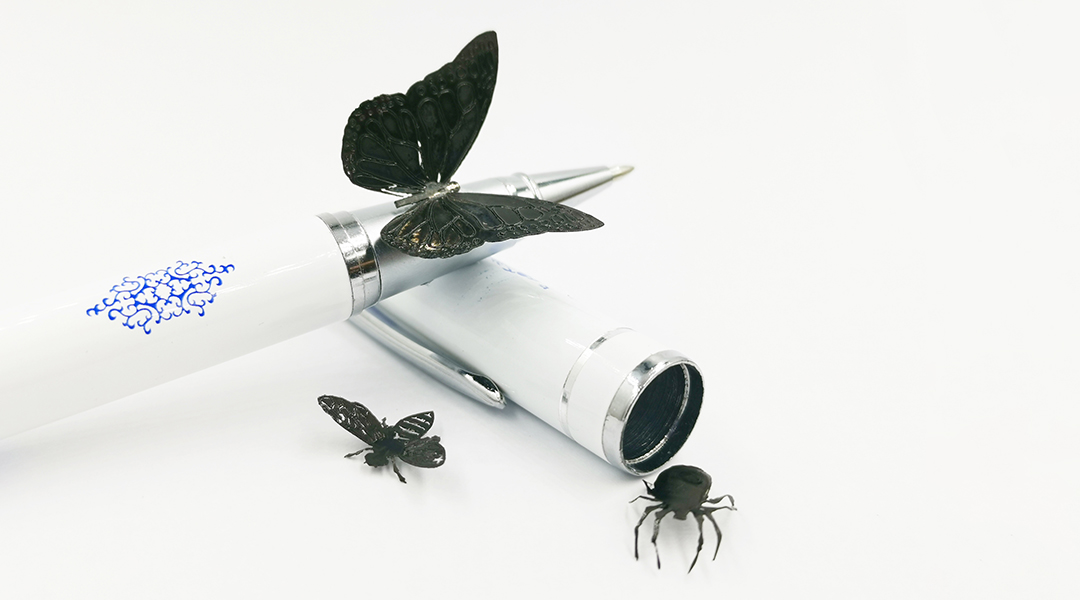

Researchers recreate the somatic nervous system in robots, allowing them to convert feeling into movement under different stimuli.
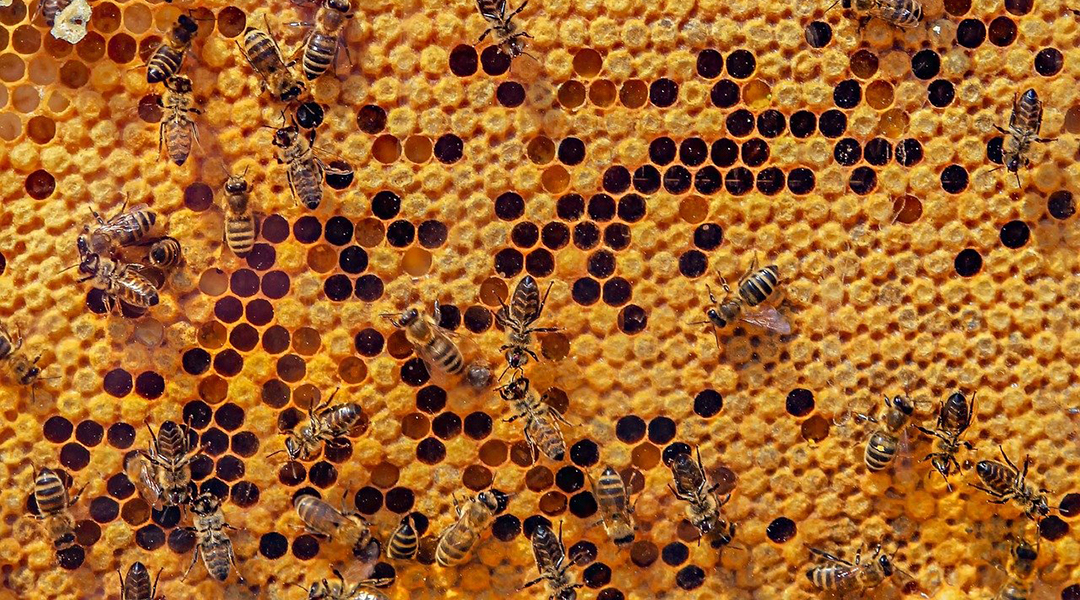
New evidence suggests a hidden “intelligence” of a life-sustaining pathway.

Thanks to ultra-thin sensors and artificial muscles, future flexible microelectronics will be able to take on complex shapes to better interface with delicate biological tissues without causing damage.
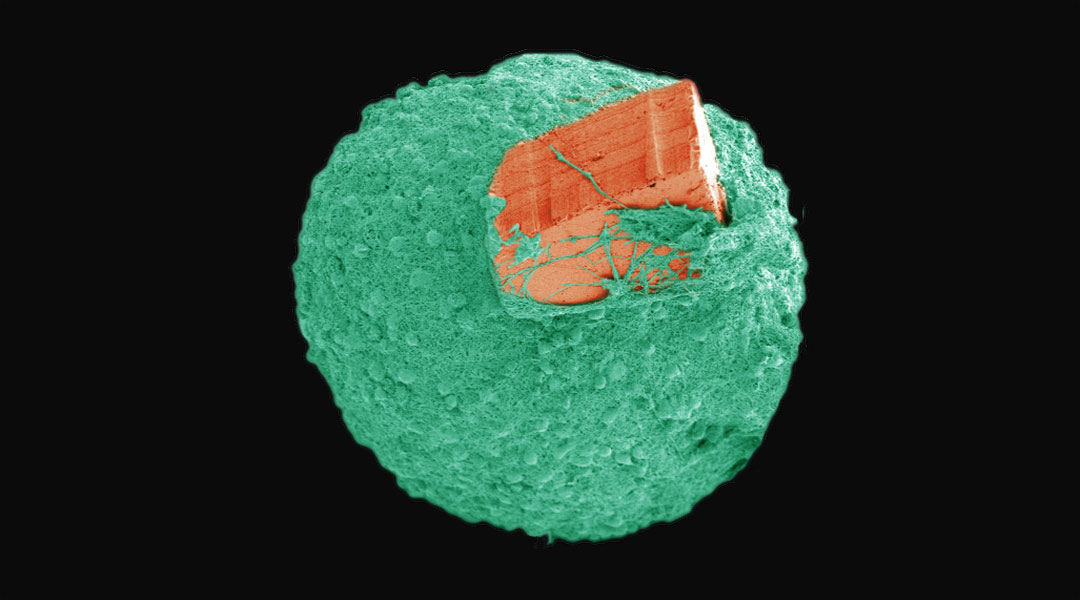
From Trojan horses that help sneak therapeutics past the blood–brain barrier to advanced brain models built on microchips, we celebrate innovative science in breathtaking images.

Which structures in the brain activate when your state of consciousness changes?
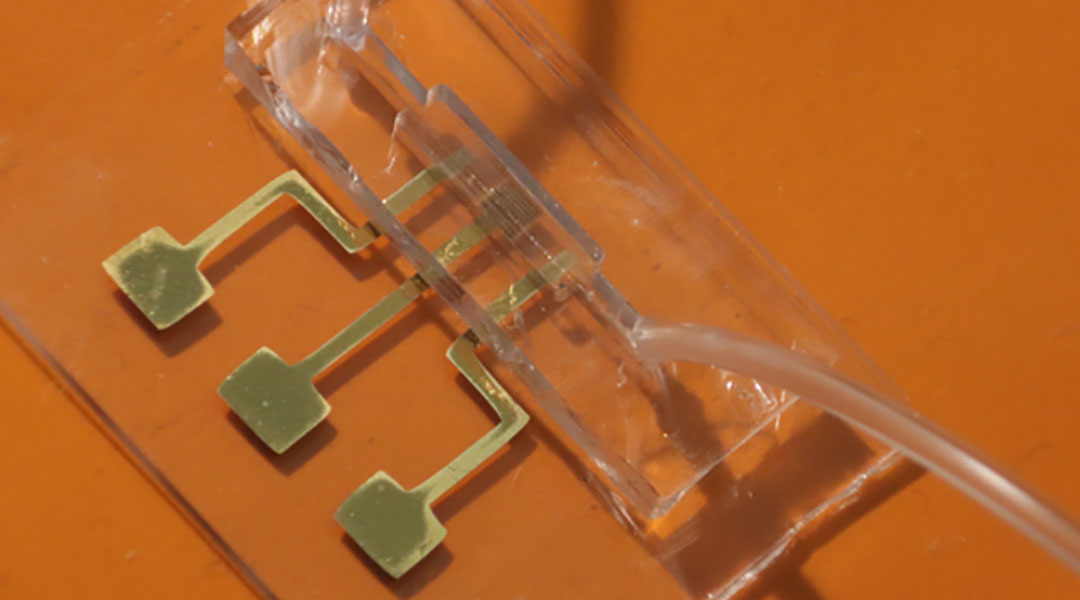
The testing platform identifies the presence of two antibodies in microliter samples of blood.
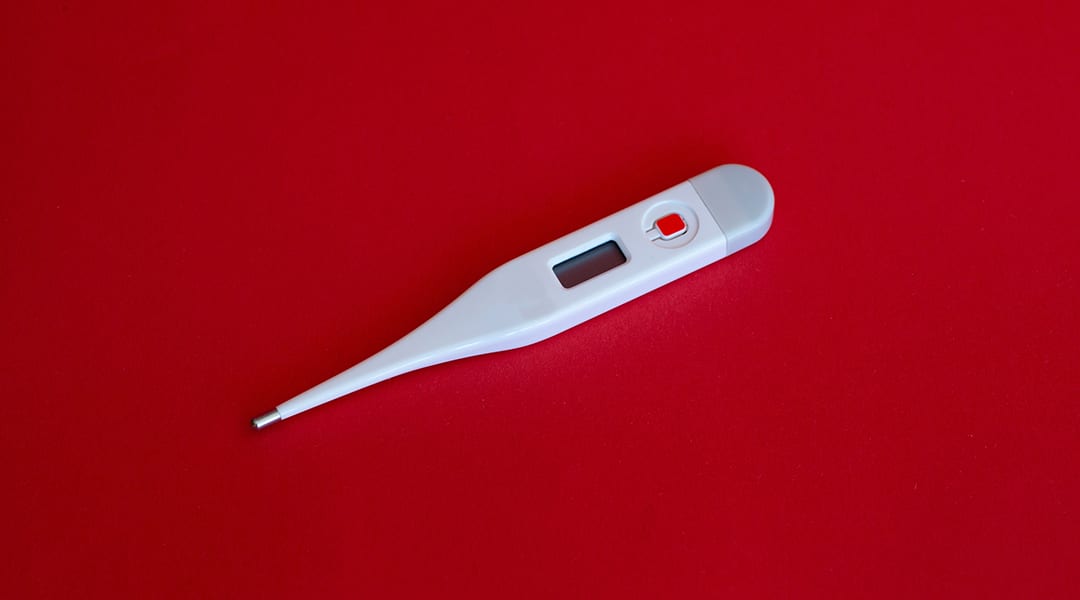
Models that can predict and help us to understand the body’s thermal state could help optimize temperature management strategies in a clinical setting.

AI and robotics meet fluidics to accelerate materials development, allowing researchers to create quantum dots in under an hour.

A sensitive blood test for the early diagnosis of Alzheimer’s disease could be possible with nanoparticle arrays.
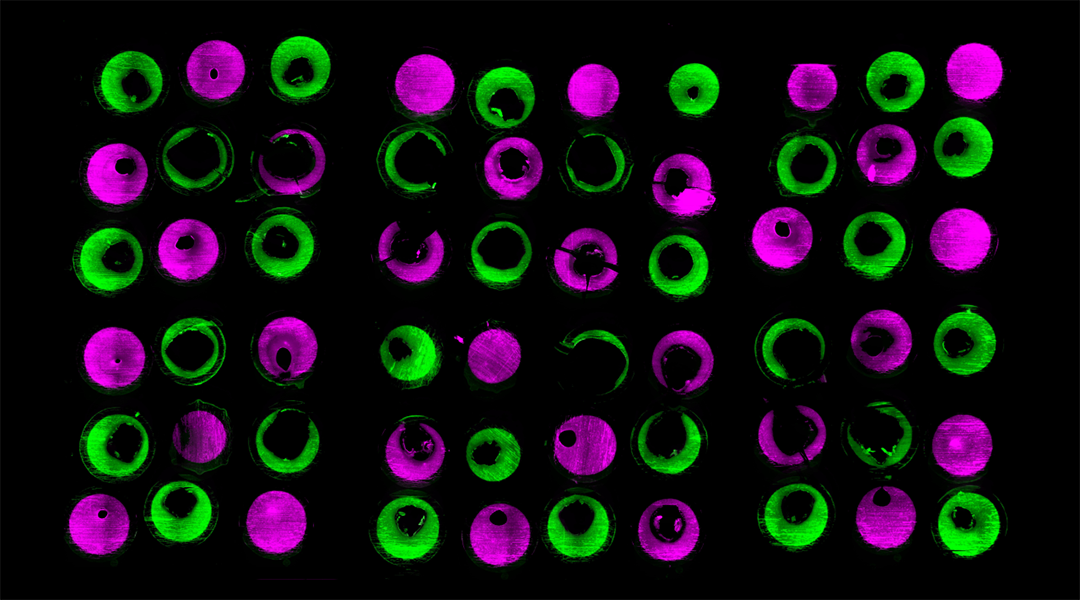
From micrometer-sized nanoflowers to hydrogel hearts, this edition of “This month in pictures” features more intriguing images from our journals and the science behind them.